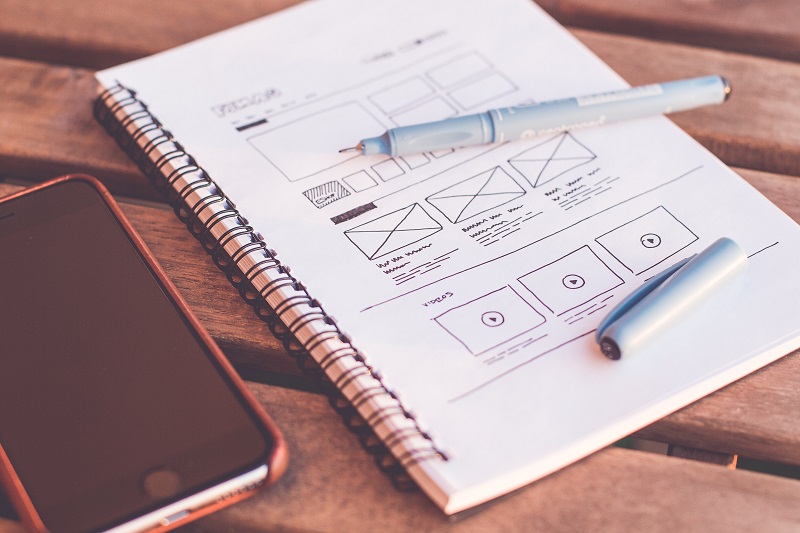What Is the Software Development Life Cycle?
Before we jump into the physical design in SDLC, let’s review what SDLC is and how it works. Industry best practices are used to build software applications through the SDLC process. The typical six to eight steps are: planning, requirements gathering, design, construction, documentation, testing, deployment, and maintenance. Some project managers will decide to combine, split, or omit specific steps based on the project’s scope. Every software development project should have these basic components, according to recommendations.
A technique that can be used to observe and improve the production process is the Software Development Life Cycle (SDLC). It makes it possible to analyze each stage of the process in detail. In turn, this aids businesses in achieving the highest levels of effectiveness possible at each stage. Alongside the expansion of computing power, there will likely be a rise in the demand for software and developers. Businesses must reduce expenses, expedite the delivery of software, and meet or exceed customer expectations. By identifying areas of inefficiency and higher costs and creating solutions to address these problems, the SDLC helps to achieve these goals.
How the Software Development Life Cycle Works
The Software Development Life Cycle is essentially an explanation of each step that must be completed in order to create a software program. This contributes to a reduction in waste and an increase in the development process’s overall efficiency. Monitoring not only ensures that the project stays on track but also guarantees that it will continue to be an investment that the company can reasonably make.
A lot of businesses will break these stages down into more manageable chunks. Research on technologies, studies on consumer behavior, and cost-benefit analyses could all be components of the planning process. Other steps are sometimes combined with one another. Because developers will need to fix any errors that arise during testing, the testing phase and the development phase can run in parallel with one another.
Two types of design in SDLC
The logical design in SDLC: An abstract design created, most commonly, through modeling. The use of Entity Relationship Diagrams is a component of this process.
The physical design in SDLC: The information regarding the particulars of the technology, from which all programming and system construction can be carried out.
In schools, students frequently focus on the outward appearance of the majority of the assignments.
If they took the time to make a logical design, the end product would be superior, and students would have more variety in the physical designs they could create using the product.
For instance, an ER diagram of the improved lunch order system will be included as part of the logical design for a system that will improve the ordering process in the canteen. Based on the logical considerations involved, the actual physical design would shift depending on who was making it (planning).
It’s possible that Student A will come up with a physical design that requires iPads so that lunch orders can be placed. A physical design for a system that required a barcode scanning of an ID card could be created by Student B at various locations in the canteen. Student B could also design the system. However, these two students are focusing their attention on a logical ERD that includes the instruction to collect student names.
References
What Is SDLC? Understand the Software Development Life Cycle (stackify.com)
